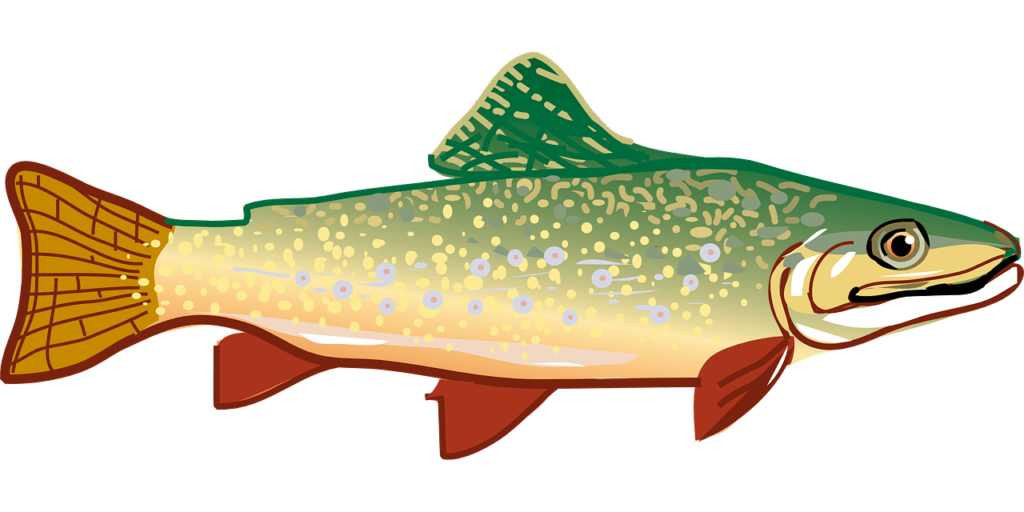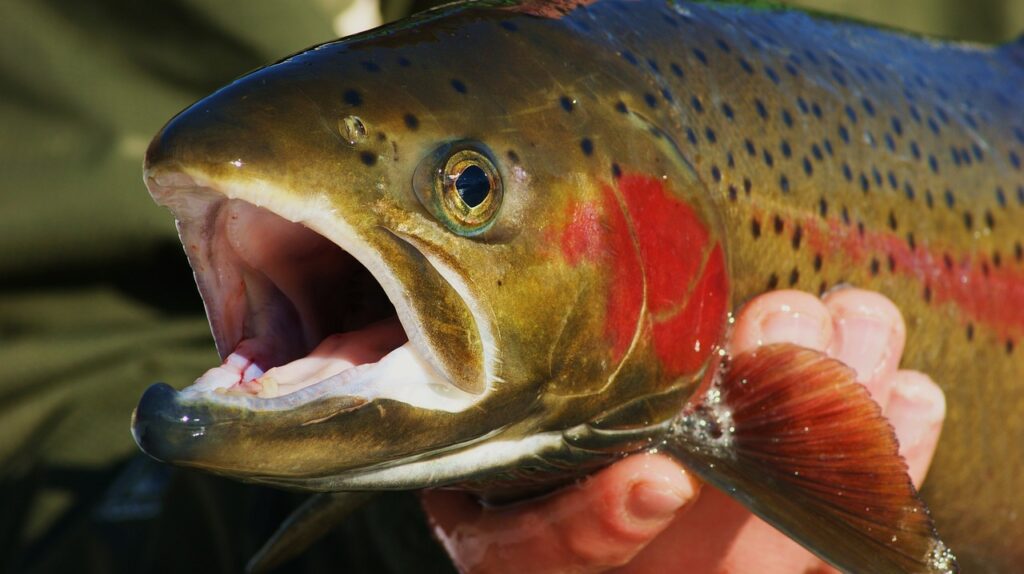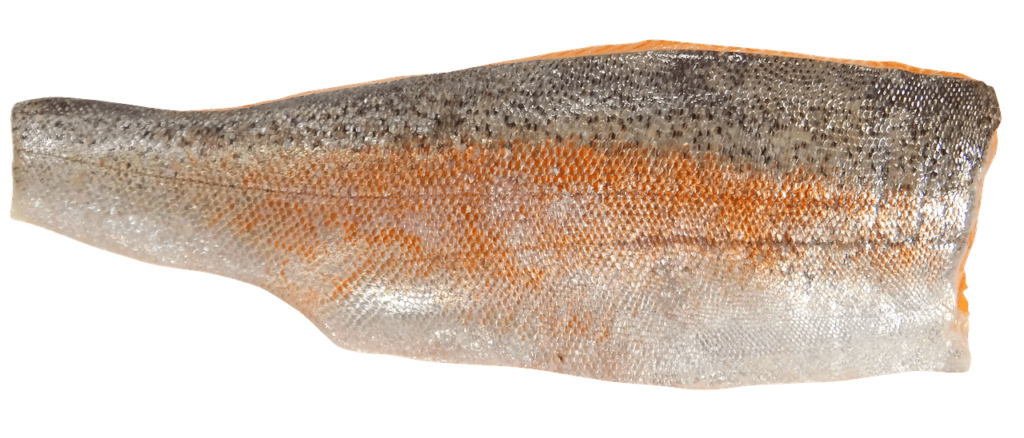
If you’re eager to reel in some beautiful trout on your next fishing trip, it’s essential to understand the best water temperature for success. Trout are known to thrive in cooler waters, ideally between 50 to 60 degrees Fahrenheit. This temperature range provides the perfect environment for these fish to be active and feed, making it easier for you to catch them. By monitoring water temperatures and adjusting your fishing techniques accordingly, you’ll increase your chances of a successful day out on the water. What Is The Best Water Temperature For Trout Fishing?
Have you ever wondered what the best water temperature is for trout fishing? That perfect balance where the trout are most active and likely to bite? In this article, we will explore the ideal water temperatures for trout fishing and how you can use this knowledge to improve your fishing success. From understanding the preferred temperature range of trout to adjusting your fishing techniques accordingly, we’ve got you covered. Let’s dive in!

TaterJunction offers more help.
Understanding Trout Behavior in Different Water Temperatures
Trout are cold-water fish and their behavior is greatly influenced by water temperature. Understanding how water temperature impacts their activity levels can help you determine the best time to go fishing for trout.
Trout are most active in water temperatures between 50°F to 68°F. In colder water, they will be sluggish and less likely to feed actively, while in warmer water, they may seek out areas with higher levels of oxygen or cooler temperatures to stay comfortable. By knowing their preferred temperature range, you can increase your chances of catching trout during your fishing trips.
Trout Behavior in Cold Water (Below 50°F)
In water temperatures below 50°F, trout tend to become more lethargic and slow-moving. They will conserve their energy and feed less frequently. When fishing in cold water, it’s important to adjust your tactics accordingly. Use slower retrieves and target deeper pools where the water temperature may be slightly higher. You may also have more success using smaller baits or lures that mimic the slower-moving targets that trout are more likely to go after.
Trout Behavior in Ideal Water Temperatures (50°F to 68°F)
Between 50°F to 68°F, trout are most active and responsive to feeding. This is considered the ideal water temperature range for trout fishing. During this time, trout will actively feed and move around in search of food. Look for areas with moderate flow and structure where trout are likely to gather. Experiment with different baits and lures to see what works best in these ideal water temperatures.
Trout Behavior in Warm Water (Above 68°F)
In water temperatures above 68°F, trout become stressed and are less likely to actively feed. They may seek out cooler, oxygen-rich areas such as tributaries or shaded spots to stay comfortable. When fishing in warm water, it’s important to release trout quickly after catching them to reduce stress on the fish. Consider fishing early in the morning or late in the evening when water temperatures are cooler.
How to Measure Water Temperature for Trout Fishing
Now that you know the ideal water temperature range for trout fishing, how do you measure the water temperature accurately? Having the right tools and equipment can make a big difference in your fishing success. Here are a few methods you can use to measure water temperature when fishing for trout.
Using a Water Thermometer
One of the most accurate ways to measure water temperature is by using a water thermometer. Simply attach the thermometer to a string and lower it into the water to get an accurate reading. Make sure to take measurements at different depths and locations to get a complete picture of the water temperature in the area you are fishing.
Using a Fish Finder with Water Temperature Sensor
Some fish finders come equipped with built-in water temperature sensors that can provide real-time readings of the water temperature. This can be a convenient way to monitor changes in water temperature throughout the day and help you adjust your fishing strategy accordingly.

Adjusting Your Fishing Techniques Based on Water Temperature
Now that you have a good understanding of how water temperature affects trout behavior and how to measure water temperature accurately, it’s time to adjust your fishing techniques based on the water temperature conditions. Adapting your fishing strategy to the water temperature can greatly improve your chances of catching trout.
Fishing in Cold Water (Below 50°F)
When fishing in cold water, it’s important to slow down your retrieve and use lighter gear to minimize spooking the fish. Focus on fishing deep pools where the water temperature may be slightly warmer and trout may be more active. Use smaller baits or lures that mimic the slower-moving prey that trout are likely to go after in cold water.
Fishing in Ideal Water Temperatures (50°F to 68°F)
In ideal water temperatures, trout are most active and likely to feed. Experiment with different baits and lures to see what works best in these conditions. Consider fishing in areas with moderate flow and structure where trout are likely to congregate. Vary your retrieves to see what triggers a strike from the trout.
Fishing in Warm Water (Above 68°F)
When fishing in warm water, it’s important to fish early in the morning or late in the evening when water temperatures are cooler. Avoid fishing during the hottest part of the day when water temperatures can rise to stressful levels for trout. Use quick-release methods to minimize stress on the fish and ensure their survival after catching.

Bottom Line
Understanding the best water temperature for trout fishing and how it affects trout behavior can greatly improve your fishing success. By knowing the preferred temperature range of trout and adjusting your fishing techniques accordingly, you can increase your chances of catching trout on your next fishing trip. Remember to measure water temperature accurately and adapt your fishing strategy based on the conditions to maximize your chances of a successful catch. Happy fishing!